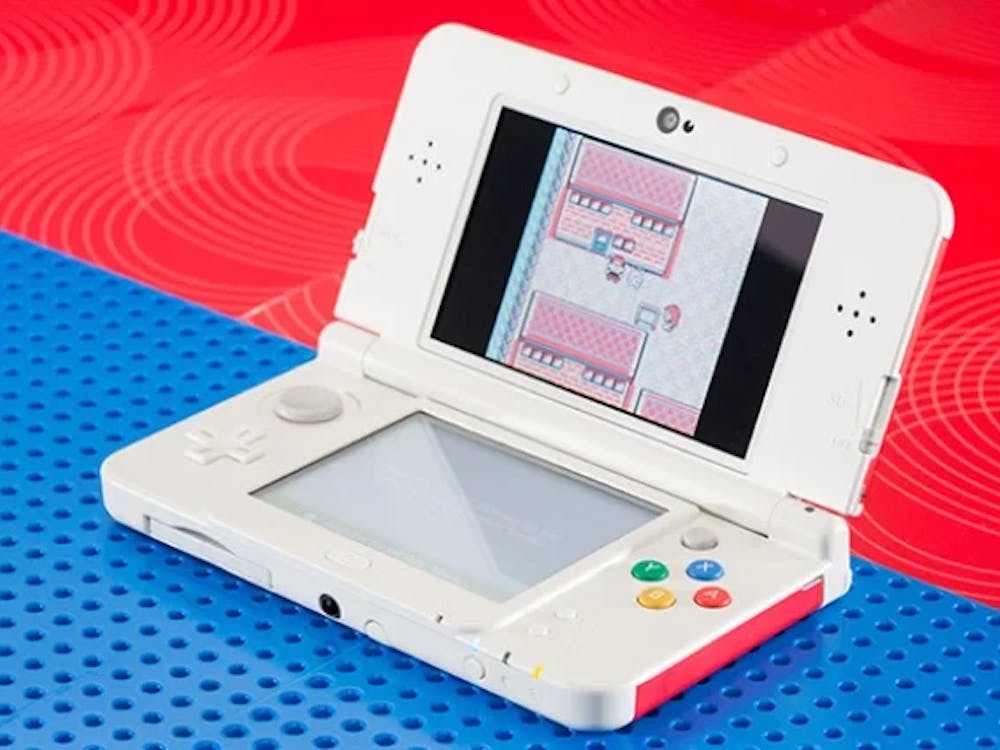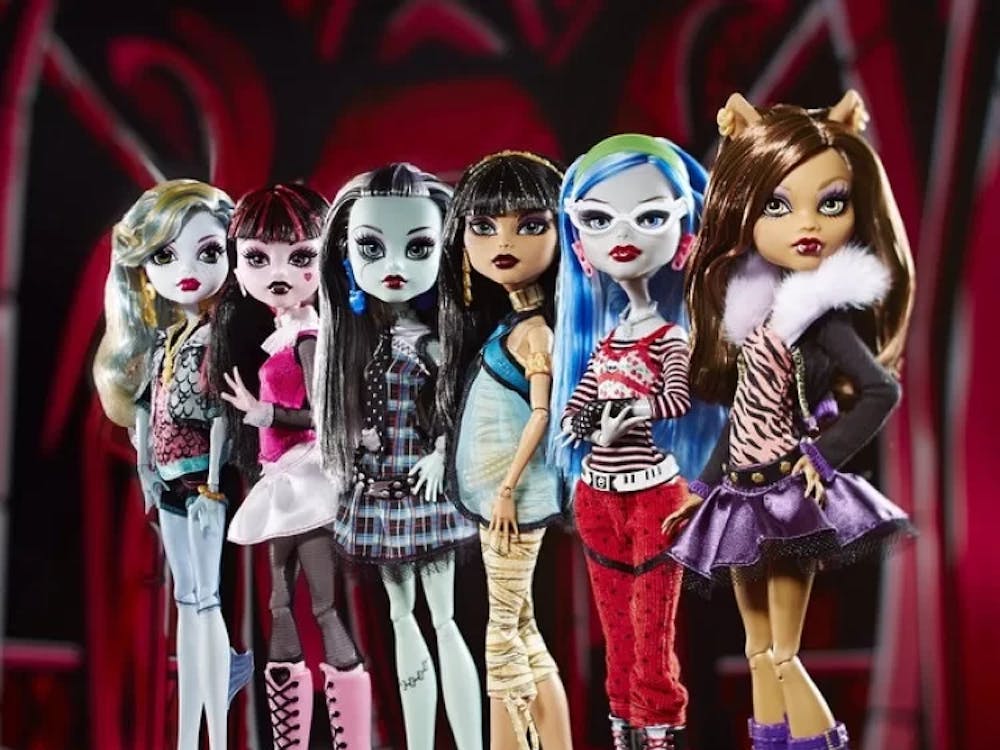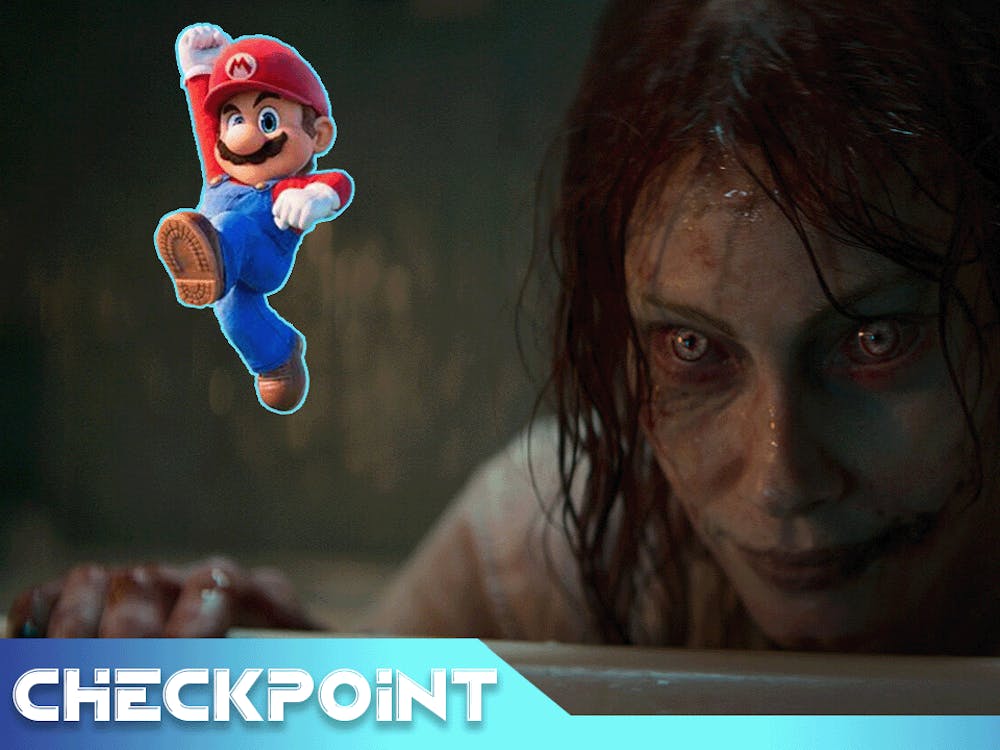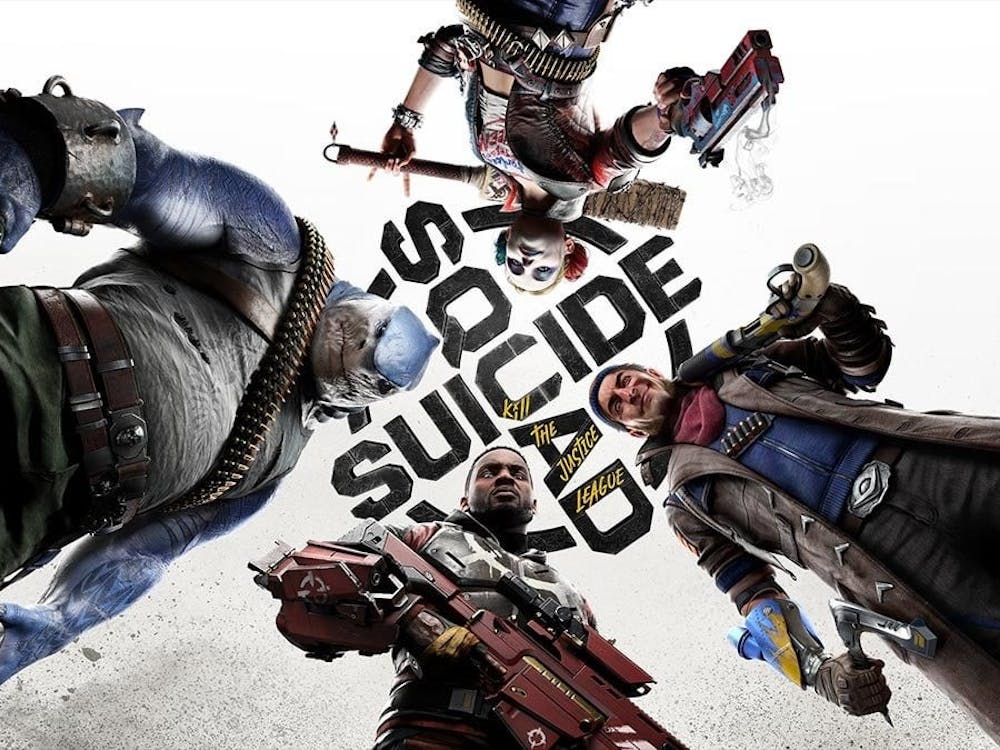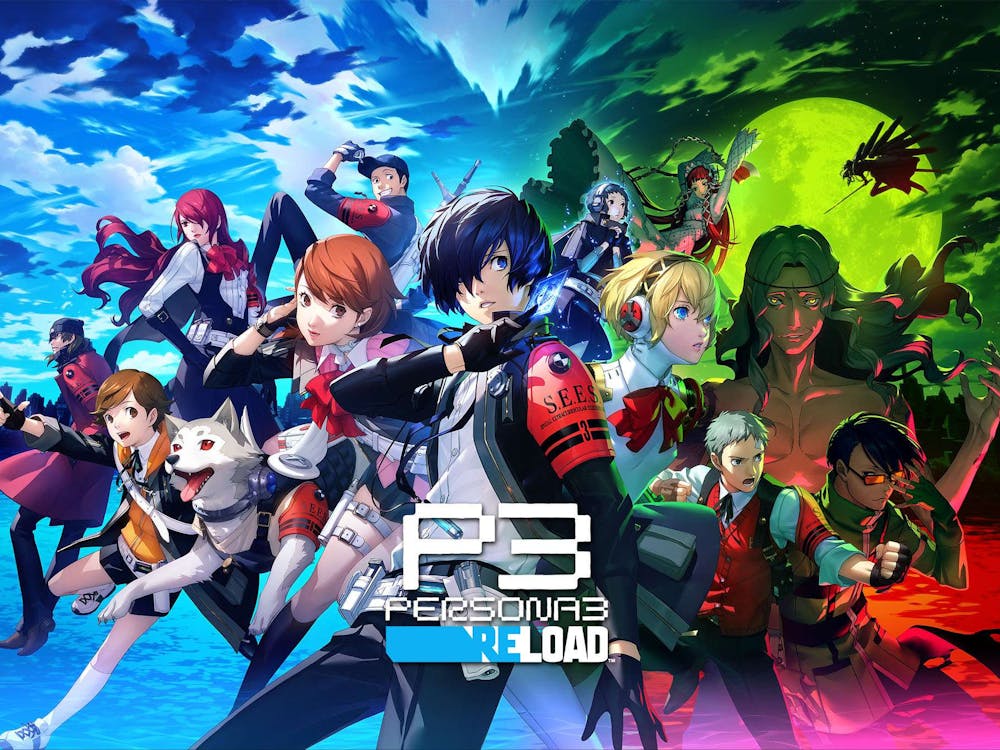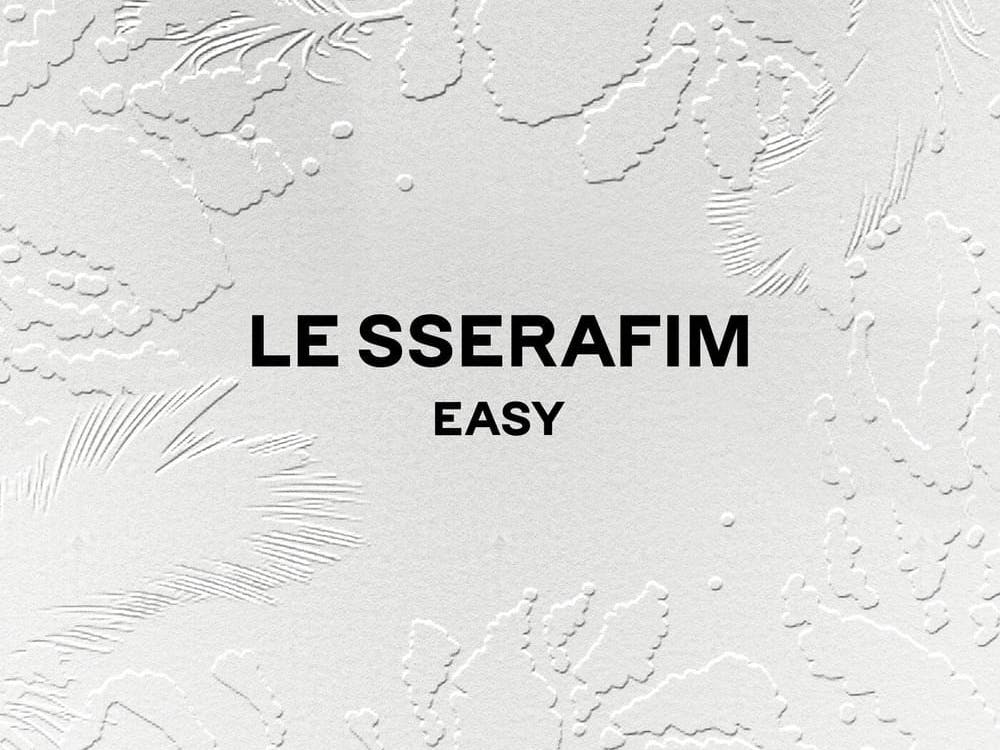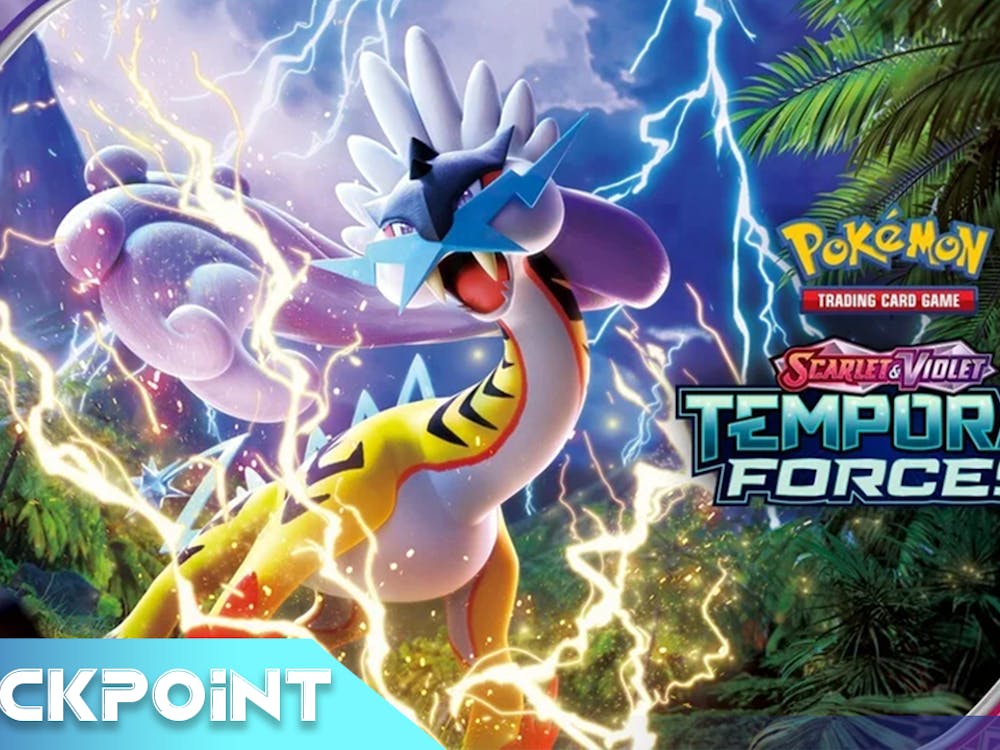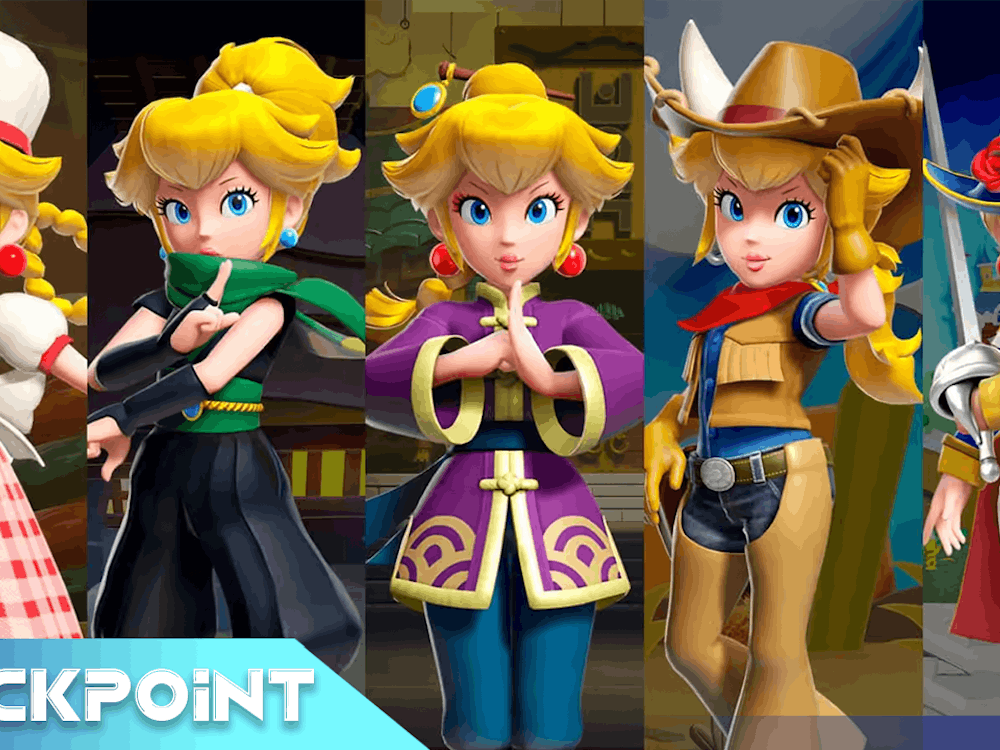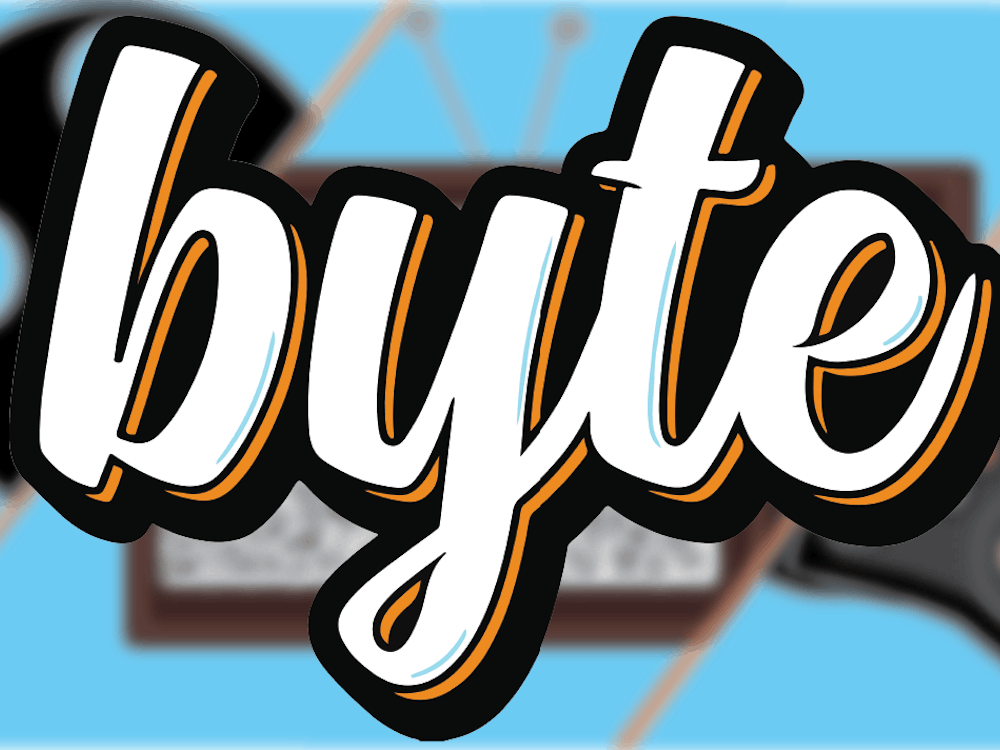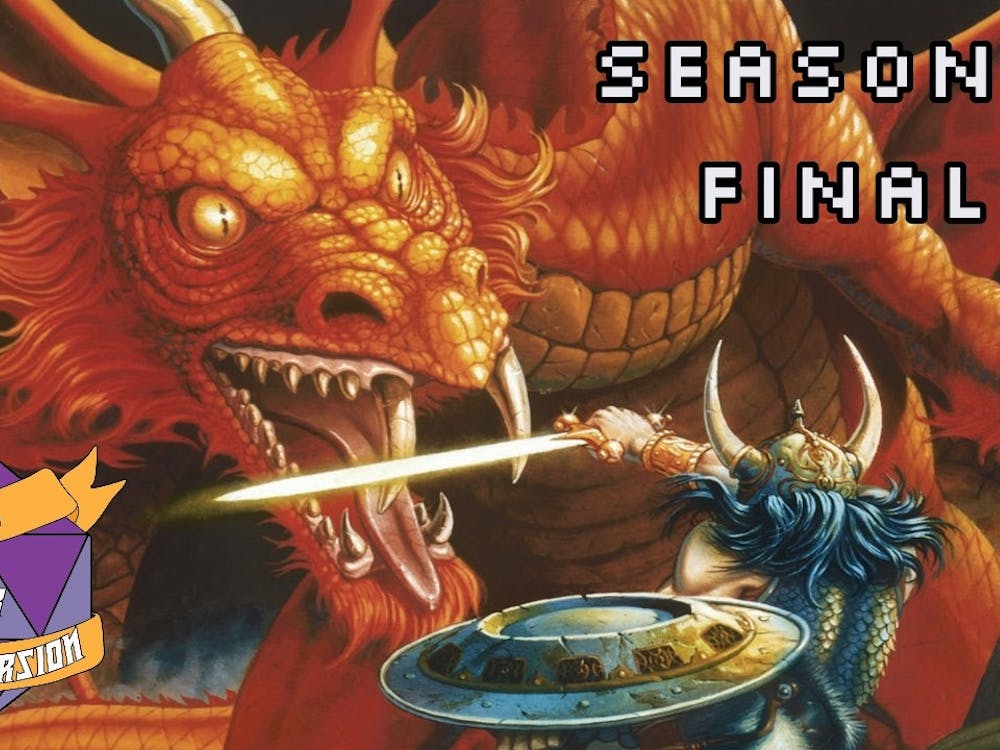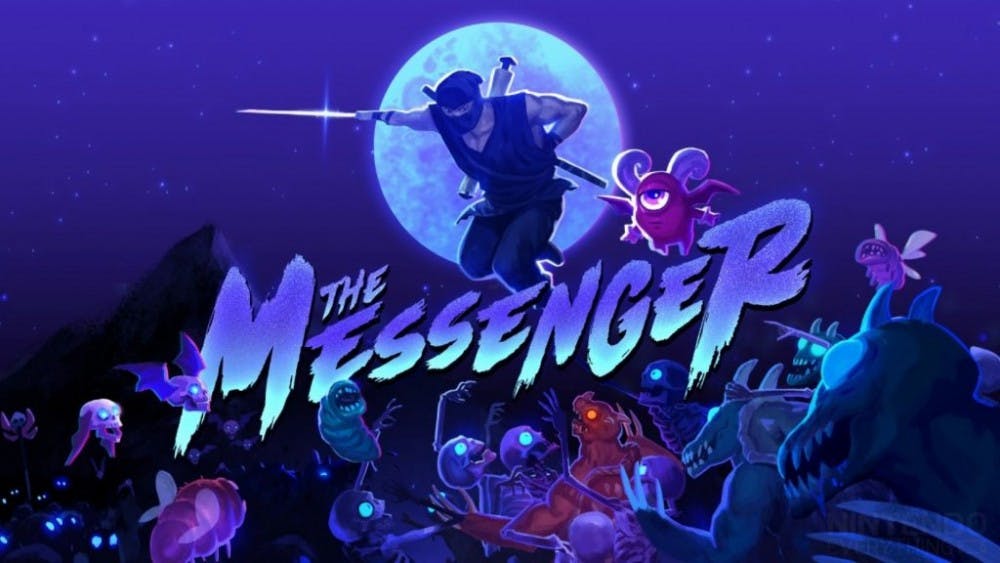Disclaimer: This review is of the PC version and was conducted on a PC with an Nvidia GeForce GTX 960, i7, 8GBs of RAM.
Retro-style platformers are not a new thing. The popularity of indie games made it so any hack with GameMaker Studio could go about crafting their own platformer. I even attempted to make my own Mega Man style platformer when I was younger. That’s why, if someone were to deep dive into fan games based on a platforming franchise, they’d find pretty much only trash there. It used to be rare for retro platformers to break the mold. Nowadays, thanks to Kickstarter and publishers like Devolver Digital, more truly unique platformers make it to market. Most recently, a Ninja Gaiden/Shinobi inspired game titled The Messenger has proven that in a genre as overdone as the platformer, there’s still room to make something truly incredible.
Ninja Gaiden gameplay with an emphasis on flow

Image from Steam
The Messenger is a 2D platformer that wears its Ninja Gaiden inspiration on its sleeve. One of the character even makes a joke about how the Messenger shares almost all of his abilities with Ninja Gaiden’s protagonist Ryu Hayabusa. The Messenger can jump, wall climb, throw shuriken, and glide like a real ninja (or echidna). The Messenger, however, has an ability that completely unlocks the game from being a copy-paste platformer to something that really flows: cloudstepping.
Cloudstepping is a simple mechanic. After landing an attack while in the air, the Messenger can perform another jump to gain extra height and distance. And he can continue to do this as long as he keeps landing attacks. This turns everything in the game, whether it is an enemy or a lamppost or other strange objects that the game has, into a way to move faster and farther through the game. There are a number of platforming challenges within the game that requires expert usage of cloudstepping, and due to the ease of execution, these seemingly impossible challenges can be handled with relative ease. Even as someone who isn’t amazing at platformers, this mechanic is not only easy to use, but also extremely satisfying.

Image from Steam
Cloudstepping, along with the glide and grappling hook, encourage flow and speed through levels. If everything is a tool for platforming, then there are a lot of crazy skips and movement tricks the player can do to tackle the levels in their own way. It’s very reminiscent of how A Hat in Time tackled 3D platforming, giving tons of movement tools to the player and letting them solve platforming challenges their own way. The Messenger highlights this freedom of movement in the optional platforming challenges for power seals. Each power seal requires skilled usage of all the game mechanics, and some can even be taken down in ways the developers likely didn’t necessarily plan. It’s exhilarating to tackle a challenge and take it down in a different way than the game clearly intends.
The boss fights are also very impressive, with highly detailed sprite-work and animations that sometimes push the limits of their 8-bit recreation. Each fight is unique and fun to take down, although many aren’t much more difficult than your average Mega Man robot master. This is where the different tools in the Messenger’s arsenal really get to shine, particularly cloudstepping. Some bosses can be destroyed instantaneously with a little bit of finesse, while others will take more effort but are still fun and satisfying to take down. However, they mostly disappear after the first half of the game, which is disappointing since the couple boss fights that happen after the timeskip are my favorite ones in the game.
A meta style that crosses time and space
The most unique part about The Messenger, however, isn’t the cloudstepping or boss battles or even the superb level design. The best part about The Messenger is how it crosses time and space to bridge the gap between the retro 8-bit platformer and retro 16-bit platformer. Although many games will use chiptune music but with 16-bit visuals, The Messenger goes above and beyond by incorporating the two different styles as their own unique worlds and levels. The music, visuals, and even certain level designs will change greatly depending on whether or not the Messenger is in the past or the future. The time-travel meta narrative is the backbone to all of the features within the game.

Image from Steam
To explain, after around the three hour mark of the game, the Messenger is sent into the future. This quite literally sends the 8-bit platformer into the future, turning into a Sega Genesis title, complete with an incredible Sega Genesis sound recreation. From the time-skip and onward, the game transforms from a standard platformer into a Metroidvania, complete with non-linear stages, things to discover, and optional platforming challenges that pushed my death count well into the triple-digits. There’s even some puzzle-solving that’s done by traveling between time-periods mid-level.
This gameplay element is what helps The Messenger transcend the average retro platformer. It’s honestly incredible how much the development team was able to accomplish with this time-travel mechanic, and it keeps the game very fresh throughout its surprisingly beefy runtime. My main complaint is that some of the later stages drag on a bit too long, particularly Forlorn Temple. Additionally, while the difficulty curve is mostly fair, some of the later levels have absurd difficulty spikes that tend to last for a single checkpoint before returning to a reasonable level. The game is nowhere near as hard as classic Ninja Gaiden, but it still has teeth and will bite.
Era-appropriate presentation enhances the experience

Image from Steam
As explained previously, the game is a retro platformer with retro gameplay mechanics and style. Both the 8-bit and 16-bit styles on their own would be excellent examples for future retro platformers. The fact that both are directly woven together, along with a narrative that’s actually fairly complex and interesting for a retro-styled platformer, makes it so much better. Just looking at screenshots from the game shows how impressive it is visually, but in motion it’s a completely different beast. While other retro-platformers like Bloodstained: Curse of the Moon try to emulate console limitations with choppy animations, The Messenger is not afraid to have the game look and feel as good as possible. Retro purists might be a little disappointed, but defending things like the intentional framerate lag in Mega Man 9 and 10 is not a hill I want to die on.
On top of that, the 16-bit era style is incredibly impressive looking, even by the standards of more recent games like Owlboy. It’s probably not 1-to-1 accurate as to how a Sega Genesis game would actually run or look, but it’s close enough without sacrificing gameplay that, once again, I don’t mind. Plus, when the game opens up and the player seamlessly transitions between the past and future, the game’s visual style really get to shine.
Then there’s the soundtrack. The soundtrack is absolutely incredible. Each song in the game has renditions for both the past and the future that seamlessly transition with the visuals during the latter portions of the game. The past has a sound similar to classic Konami/Tecmo platformers, with some bits that are more Nintendo-esque. The 8-bit death jingle in particular sounds very much like something out of Super Mario Bros. 3. The future, instead of going for the Super Nintendo soundfont, went for the much more interesting and underused Sega Genesis soundfont. This includes the stanky basslines from Genesis titles, and as a fan of classic Genesis titles it’s a treat to hear the soundfont in a modern retro platformer, considering many 16-bit platformers these days tend to lean toward Super Nintendo rather than Genesis. Each song is an upbeat jam that drives the player forward and keeps them going. A personal favorite song of mine is the shop theme, particularly the future version of the song. It just reeks of that magical Genesis style.

Featured image from NintendoEverything
For more entertainment related content, visit us at Bytebsu!

